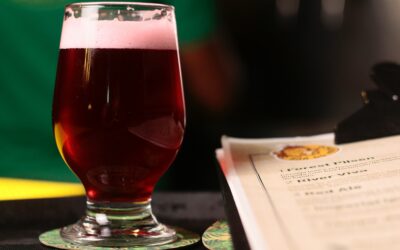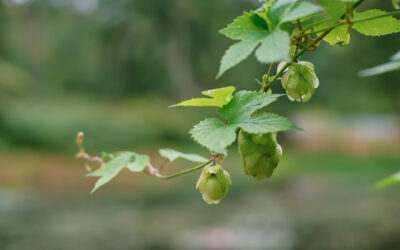Belgium is rightly famed throughout the world for its beer culture, in 2016 earning a place on UNESCO’s List of the Intangible Cultural Heritage of Humanity. The country’s many beer styles reflect it brewers’ mastery of the use of yeast, all types of grain, and even the careful use of spicing, to produce beers of all strengths and varieties.
British sampling ales
Before the First World War (1914-1918) a typical British drinking beer was around 5.5-6% ABV. Temperance-supporting politicians used the declaration of war as an excuse to diminish the strength of beer considerably; the inter-War period brought punitive taxation; the Second World War reduced production once more; and austerity in the 1950s continued to staunch beer’s revival.
French sampling ales
The rapid advance of the French brewing scene to have more breweries than either Germany or the UK, has seen a geographical expansion of brewing too. Ales were once only found in the area between Strasbourg and La Manche (The English Channel), in the north and east of France, but are now made across the whole country, following every tradition and none. There remain local regional traditions, however.
North American sampling ales
North American craft brewers, experimenting in the 1980s with assertive hop varieties from the Yakima Valley region, fell in love with the story of India Pale Ale (IPA), the high-hopped beer exported from Burton-on-Trent to Bombay at the height of the British Empire. They therefore took its name to apply to a new breed of assertively hop-forward pale ales, brewed with attitude for an emerging and gratefully impressed constituency of beer fanatics.




